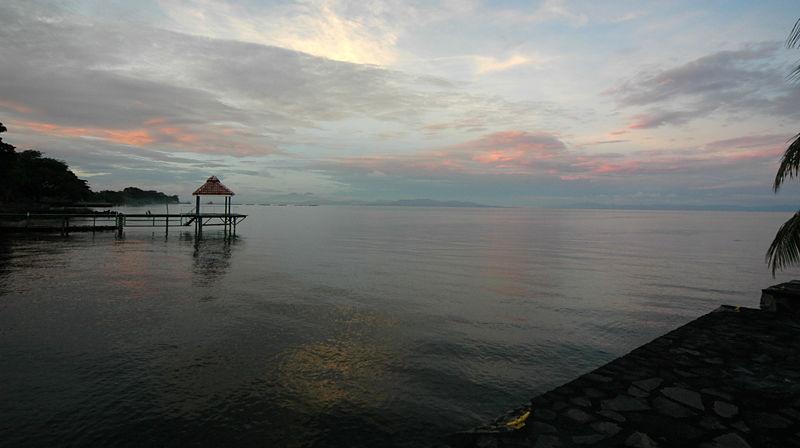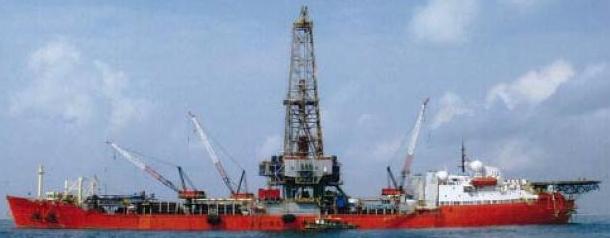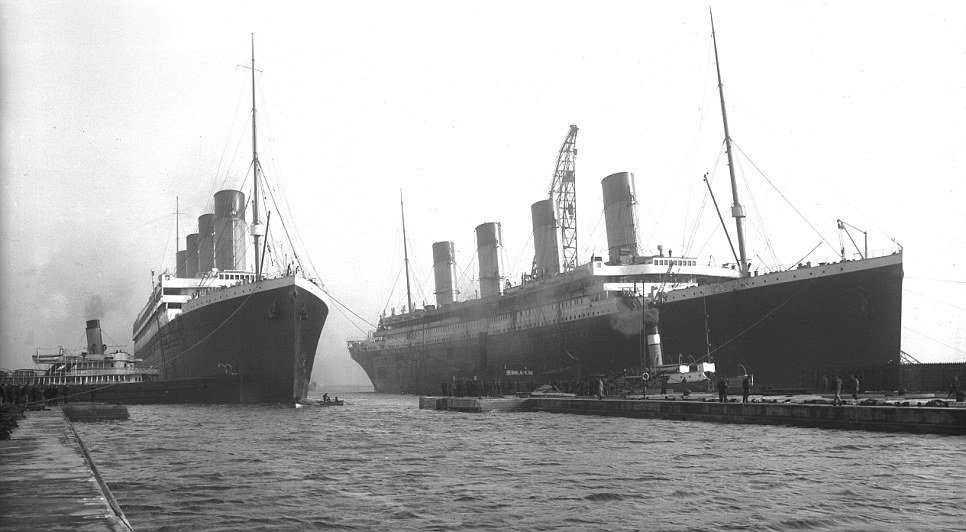
It is common to see offshore drilling and oil platforms in the sea. Have you ever wondered how does an oil platform stand in the sea? Well we are exactly going to explain the same in this article. It is very common today to set an oil platform and extract oil from the earth. Crude oil is a very precious metal. This is exactly why countries spend huge sum of money in extracting crude oil from the sea. The technology required do so is complex and not free from risks.
Offshore Drilling Platforms
We hope that you have got a good idea of what an oil platform is. We will now discuss how the same works in more details now. The first step in setting up an off shore oil rig is to locate the oil. There is no guarantee that oil can be found in such and such area. A massive search has to be put in place to find crude oil under the sea. A mobile rig is used for this purpose. A large floating structure is usually used for this purpose. The floating structure is held in place with anchors. As soon as chances of oil are located the anchors are placed and the floating structure is fixed. The area covered is usually in the form of a triangle. The rig will then slowly drill down till it reaches the oil base.

Black Gold
As soon as black gold is struck the rig is moved into place. The most common technique that is used nowadays is to have a huge hallow metal cylinder. It is about one hundred to one hundred and fifty meter long. It will have a width of twenty to fifty meters. This metal cylinder is dragged out to the sea. Water is pumped into it until it stands straight on the ground. The structure is very stable and it can also stand strong currents.
The production lines are well protected inside these cylinders. Sometimes if the current is very high and the cylinder is not stable then anchorage might be required. It is not very common to use anchorage. Once the cylinder is in place and is stable the production unit is placed on top of it. This is the oil rig platform. Where the crude oil will be generated and later sent to the on shore oil rig.
Previous Offshore Drilling Platforms
In the olden days the oil rig would be very close to the sea shore. This was why they could be built from the base. However, nowadays the oil rigs are built deep into the sea. The sea bed in these areas is very deep so they cannot be constructed from the base. The team that build these oil rigs are well trained and they know how to face the challenges. An oil rig is like an ice berg. Almost ninety per cent of the structure is below the sea. Well trained divers are required to do these jobs. The divers may have to dive three hundred feet at times. The divers are paid huge payments for this life threatening work that they do. The platforms are mobile. They are moved by around three to four kilometers in search of oil.
The oil platforms need to be anchored well as they often face severe storms. These structures are like ships in the sea. The only difference is that they cannot move long distances. The first off shore oil rig was built way back in 1897. In 1928 the first mobile oil rig was built. The first oil rig was in a wetland. Later in 1947 the first deep sea oil rig was built. It was built in the Gulf of Mexico.
Size of Offshore Drilling Platforms and Oil Rigs
The oil rigs are gigantic. They are perhaps the highest sky scrapers built. In some areas they go as deep as four thousand feet.
This article on how does an oil platform stand in the sea? Was written to give you a good idea about what an oil platform is and how it works in the sea. The people working in an oils rig are in constant risk but they still do the job. Due to the high risk involved in the job, it is a high paying one.







